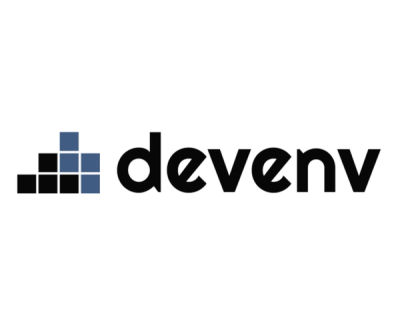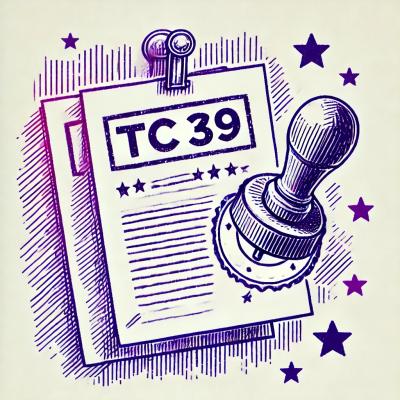@helm-charts/appscode-g2
G2 by AppsCode - Gearman in Golang
| Field | Value |
|---|
| Repository Name | appscode |
| Chart Name | g2 |
| Chart Version | 0.3.2 |
| NPM Package Version | 0.1.0 |
Helm chart `values.yaml` (default values)
replicaCount: 1
g2:
image: appscode/gearmand
pullPolicy: IfNotPresent
tag: 0.5.0
serviceType: ClusterIP
rbac:
install: false
apiVersion: v1beta1
G2
G2 by AppsCode is a modern implementation of Gearman server in GO.
TL;DR;
$ helm install stable/g2
Introduction
This chart bootstraps a Gearman server deployment on a Kubernetes cluster using the Helm package manager.
Prerequisites
Installing the Chart
To install the chart with the release name my-release:
$ helm install --name my-release stable/g2
The command deploys G2 Gearman server on the Kubernetes cluster in the default configuration. The configuration section lists the parameters that can be configured during installation.
Tip: List all releases using helm list
Uninstalling the Chart
To uninstall/delete the my-release:
$ helm delete my-release
The command removes all the Kubernetes components associated with the chart and deletes the release.
Configuration
The following table lists the configurable parameters of the Stash chart and their default values.
| Parameter | Description | Default |
|---|
replicaCount | Number of stash operator replicas to create | 1 |
g2.image | G2 container image | appscode/gearmand |
g2.tag | G2 container image tag | 0.5.0 |
g2.pullPolicy | G2 container image pull policy | IfNotPresent |
g2.serviceType | G2 service type | ClusterIP |
rbac.install | install required rbac service account, roles and rolebindings | false |
rbac.apiVersion | rbac api version `v1alpha1 | v1beta1` |
Specify each parameter using the --set key=value[,key=value] argument to helm install. For example:
$ helm install --name my-release --set image.tag=v0.2.1 stable/g2
Alternatively, a YAML file that specifies the values for the parameters can be provided while
installing the chart. For example:
$ helm install --name my-release --values values.yaml stable/g2
RBAC
By default the chart will not install the recommended RBAC roles and rolebindings.
You need to have the following parameter on the api server. See the following document for how to enable RBAC
--authorization-mode=RBAC
To determine if your cluster supports RBAC, run the following command:
$ kubectl api-versions | grep rbac
If the output contains "alpha" and/or "beta", you can may install the chart with RBAC enabled (see below).
Enable RBAC role/rolebinding creation
To enable the creation of RBAC resources (On clusters with RBAC). Do the following:
$ helm install --name my-release stable/g2 --set rbac.install=true
Changing RBAC manifest apiVersion
By default the RBAC resources are generated with the "v1beta1" apiVersion. To use "v1alpha1" do the following:
$ helm install --name my-release stable/g2 --set rbac.install=true,rbac.apiVersion=v1alpha1



